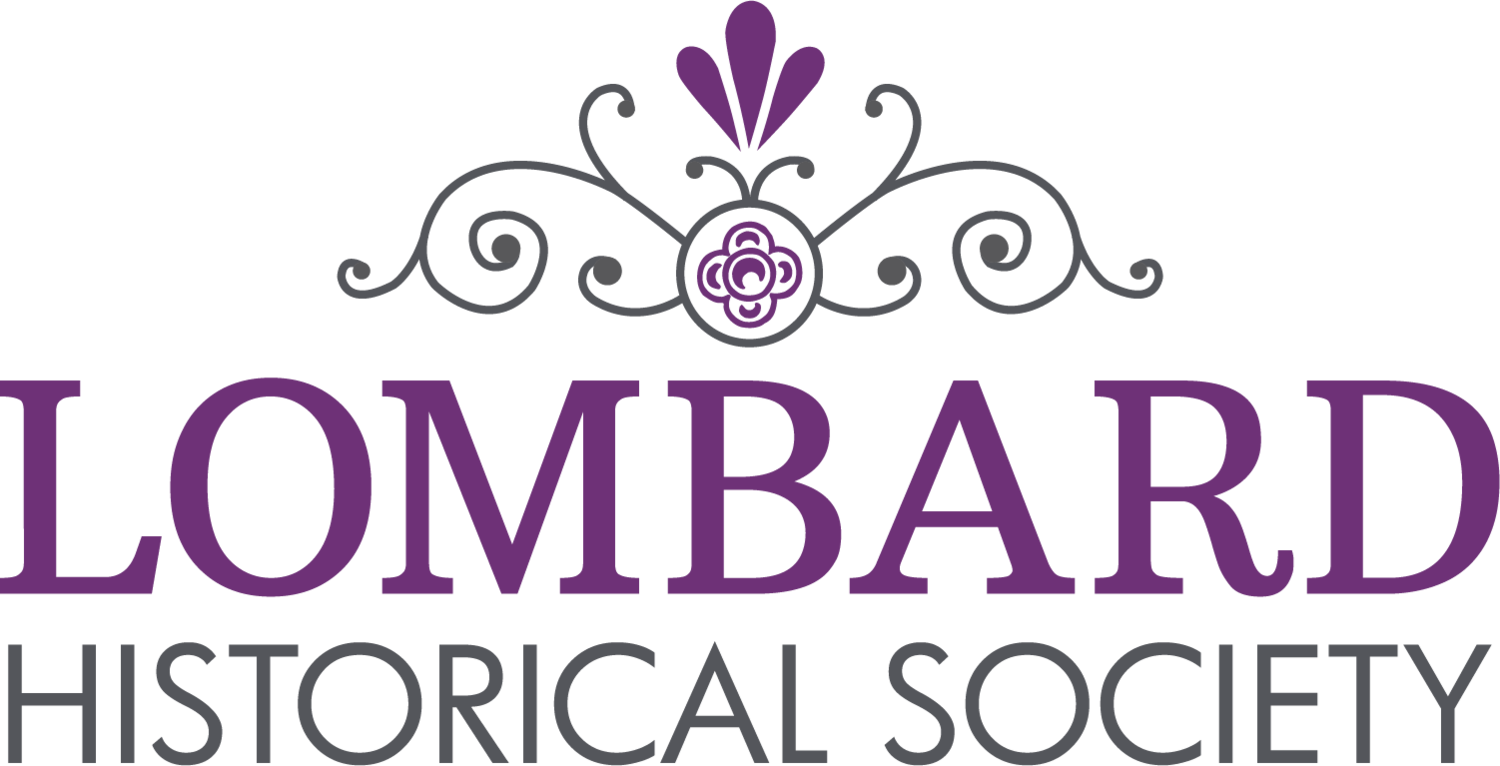1975 US Postage Stamp, from 1878 Lous Prang Lithograph
One of the highlights of the holiday season for many people is the influx of Christmas cards that arrive in the mailbox. Although we rely on a variety of electronic communications any more, getting cards with pictures of family members and a brief note about how they’re doing is an occasion. Some people merely tape the cards to the wall or to a door so visitors can enjoy the cards as well while others toss their cards into a basket or clip them in a special hanger.
When it comes to sending out cards, there are many choices: you can put together a photo collage and have them printed with a cheery holiday greeting or you can pick out a box of cards with an image and message.
Louis Prang, a Massachusetts lithographer, returned to the United States after a trip abroad. He had learned how to recreate art works in Germany and had begun to create collectible album cards back in Boston. In 1873, he traveled back to Europe for the Vienna Exposition. There he handed out business cards created by the process of chromolithography. He was encouraged by his British agent’s wife to recreate these cards with a Christmas greeting.
When he achieved success in England, he came back to the United States and began selling these small Christmas cards in 1875. Because of this, Louis Prang is considered the father of Christmas cards in the United States. One hundred later after selling the first Christmas cards in the United States, Louis Prang was commemorated with a US Postage stamp for the holiday season featuring part of the image from the 1878 lithograph.
Louis Prang (1824-1909). PR 31, Bella C. Landauer Collection (Scrapbook box 116, folder 4), New York Historical Society.
To explain more about chromolithography…It is a printing process where an image is drawn onto smooth stones, preferably limestone, which is then chemically treated then printed. Metal printing plates, usually made from copper or steel, tend to flatten after multiple print jobs. The chromist, who specialized in creating the colors to be printed, kept a detailed log of their process so that the printing could be recreated when necessary. There could be as little as eight stones and as many as forty stones used to print an image.
Louis Prang’s company excelled at chromolithography and held an annual contest for artists to submit a design for new Christmas cards. Besides the Christmas cards and other art works produced in the lithographic process, Louis Prang supported bringing art into the classroom for all children. His paints were introduced as watercolor sets which continued to be made when Prang’s company merged with American Crayon Company.




